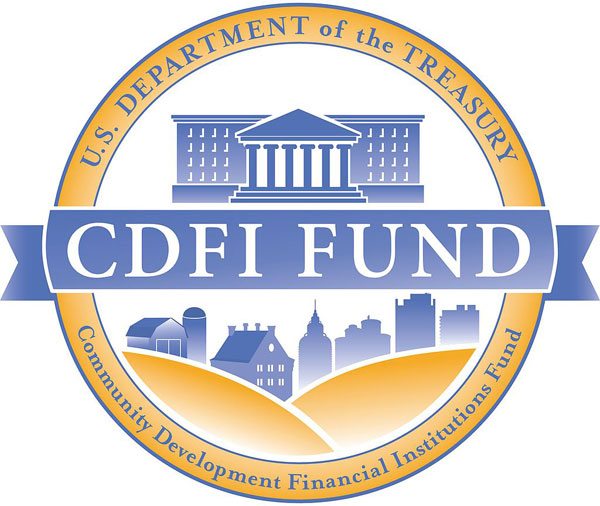
September 26, 2017; Next City
Community finance has come a long way, and so has the network of community development financial institutions, or CDFIs, that make lending available in low-income communities and communities of color. Twenty years ago, as Next City journalist Oscar Perry Abello notes, “there were 196 CDFIs with $4 billion in assets.” Today, Abello reports, “there are 1,031 CDFIs with $136 billion in assets in all 50 states plus Washington, D.C., Puerto Rico and Guam.” Most CDFIs are nonprofits or member-run cooperatives (credit unions), although the roughly 10 percent of CDFIs that are classified as community development banks are for-profit institutions.
The sector has enjoyed tremendous growth. It is safe to say that few anticipated such growth when government support for what would become known as CDFIs was first proposed in the early 1990s. In 1993, the late economist Hyman Minsky dared to envision the possibility of building out a network of 100 community development banks that might control $10 billion in assets, an amount acknowledged to be modest but which could “fill a gap in the ongoing institutional structure.” As today’s numbers attest, CDFIs have certainly done far better than that.
But is it enough? When activists got President Clinton to sign into law the Community Development Financial Institution Act of 1994, a modest program housed at the Treasury Department to provide equity and technical assistance for specialty lenders serving low-income communities, there was still a fairly robust sector of local banks. These local banks were for-profit, but often engaged in character-based lending—as Jimmy Stewart brilliantly portrayed in It’s a Wonderful Life—that made local capital available. That money is less common now, as the number of independent banks has fallen in half, from roughly 11,000 when Clinton was first elected president to just over 5,000 today. In short, community finance has a big gap to fill.
So far, the latest data released by the Urban Institute is just a two-page factsheet, but it features two key findings. First, based on their analysis of 214,490 loans made by CDFIs between 2011 and 2015 worth $34.3 billion, researchers Brett Theodos and Eric Hangen confirm that CDFIs are serving low-income communities and communities of color. Specifically, they find that “Sixty-four percent of CDFI lending went to census tracts that had at least one of the following characteristics: an unemployment rate of 10 percent or higher, a poverty rate of 20 percent or higher, 50 percent or more residents earning less than 200 percent of the federal poverty level, or a population with at least half nonwhite residents.”
Sign up for our free newsletters
Subscribe to NPQ's newsletters to have our top stories delivered directly to your inbox.
By signing up, you agree to our privacy policy and terms of use, and to receive messages from NPQ and our partners.
A second, more challenging finding, however, is that community finance lending is far from evenly distributed. In half of all U.S. counties, CDFI lending activity was less than $7 per low-income person (defined as a person living in a household with income at 200 percent of the poverty line or less). Yet 10 percent of counties received $114 or more per person, with urban centers like Boston, Chicago, and Washington, D.C. usually being more favored. In short, major gaps in access to capital remain even as community development finance rapidly expands.
This week, more than a thousand CDFI leaders and staff are gathered for the annual Opportunity Finance Network (OFN) conference, held this year in Washington, D.C. A year ago, OFN released a report, authored by practitioner Jeremy Nowak, entitled “CDFI Futures: An Industry at a Crossroads.” In that report, Nowak observes:
In every important economic transition in American history, expanding access to credit and banking has been part of the social reform conversation: whether it was savings banks among 19th century artisans, the creation of the Freedman’s Bank during Reconstruction, the battles of rural sharecroppers and farmers to escape debt-servitude, or urban reform movements seeking to remove high priced moneylenders from their communities.
These struggles, Nowak adds, led to the development of African American–owned banks, especially in the South, and to a state-owned Bank of North Dakota. “To support the next phase of CDFI growth,” Nowak writes, “the industry will need to reach back to its own experience, and to the broader questions of capital access in American history.”—Steve Dubb













